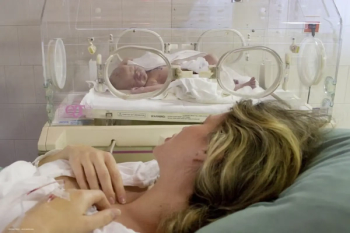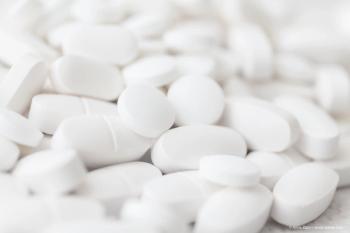
Surgical failure risk factors
There are several factors that might increase the risk of uncontrolled intraocular pressure (IOP) after phacoviscocanalostomy combination surgery, according to study results published in the September 2008 issue of Journal of Glaucoma.
There are several factors that might increase the risk of uncontrolled intraocular pressure (IOP) after phacoviscocanalostomy combination surgery, according to study results published in the September 2008 issue of Journal of Glaucoma. These factors include preoperative IOP levels, patient age, number of preoperative medications and postoperative IOP spikes.
Masami Park, MD, PhD of the Sensho-kai Eye Institute, Kyoto, Japan and colleagues used multivariate regression analysis to determine the impact of various factors on postoperative IOP in cataract and primary open angle glaucoma (POAG) patients (n=180) with a mean preoperative IOP of 20.2±3.8 mmHg. Five years after surgery, the mean IOP for all patients was 15.3±2.6 mmHg. The surgery was defined as successful if patients achieved an IOP reduction of ≥20%, or an overall IOP of ≤17 mmHg. Without the use of postoperative medications, 31.4% of surgeries were successful; with or without medication, 47.2% were successful.
High preoperative IOP and lower age were found to be negatively correlated to surgical success in the "with or without medications" group; higher preoperative IOP, a greater number of preoperative medications and postoperative IOP spikes (to levels of >30 mmHg) were associated with surgical failure in the "without medications" group; gender and complications (including ruptured Descemet's membrane, hyphaema and fibrin formation) did not have an impact on the surgical success rate of either group.
The team concluded that the risk of failure to control IOP after phacoviscocanalostomy was increased by preoperative IOP levels, lower patient age, a high number of preoperative medications and postoperative IOP spikes.
Newsletter
Get the essential updates shaping the future of pharma manufacturing and compliance—subscribe today to Pharmaceutical Technology and never miss a breakthrough.













































